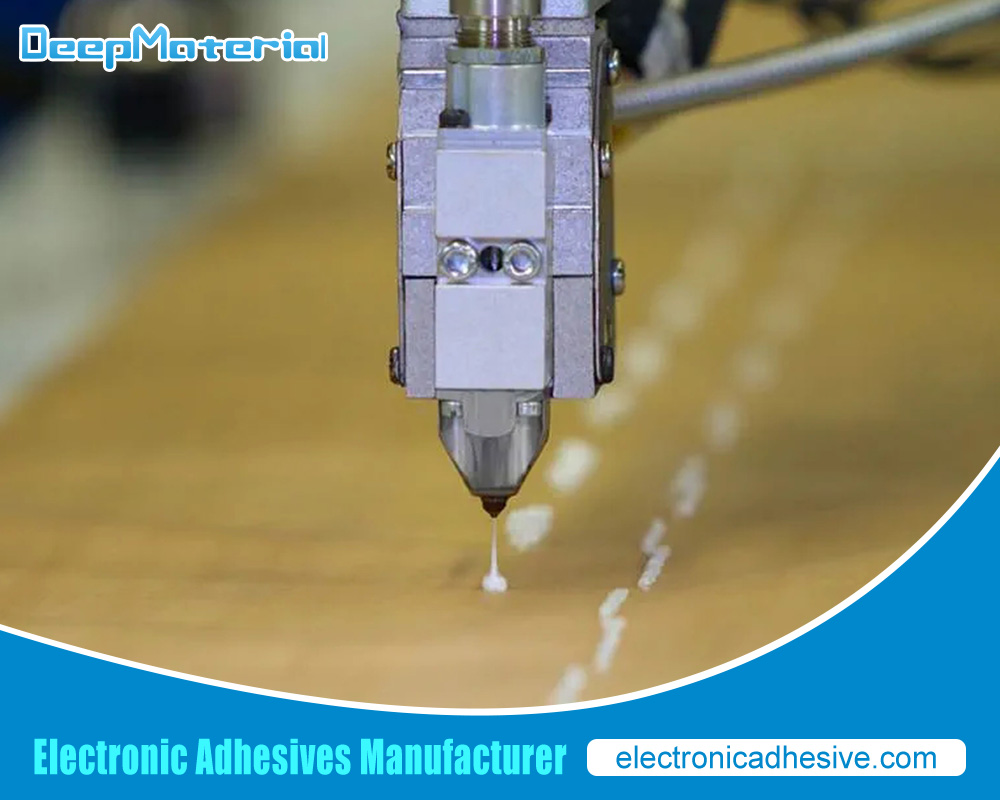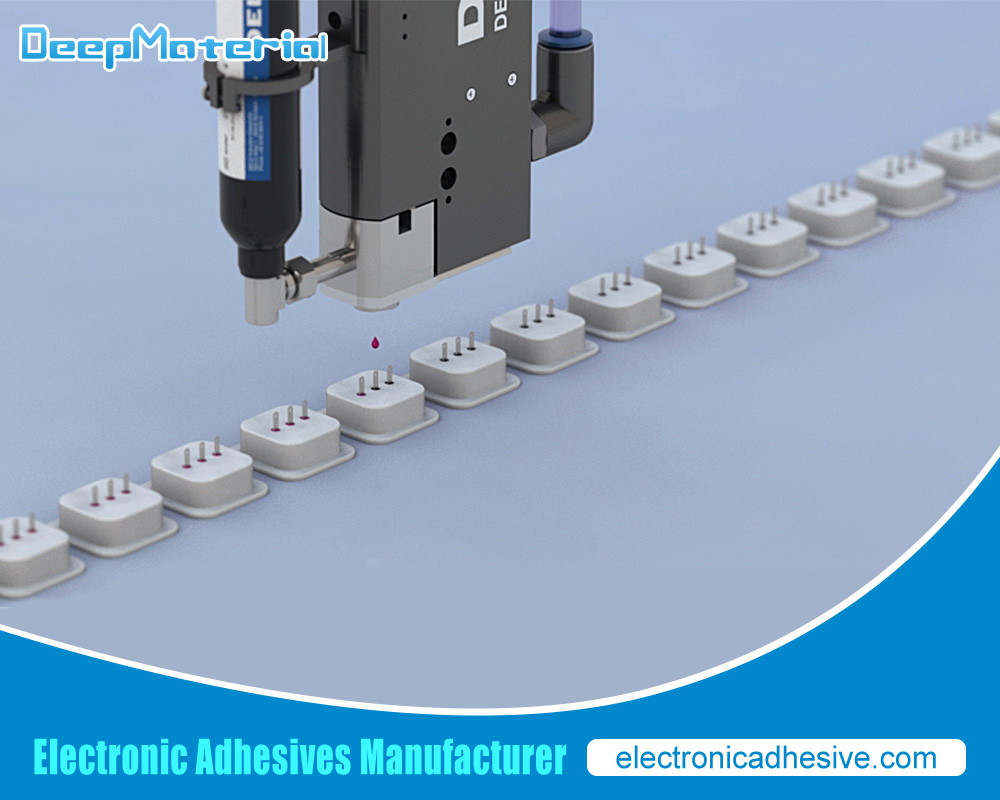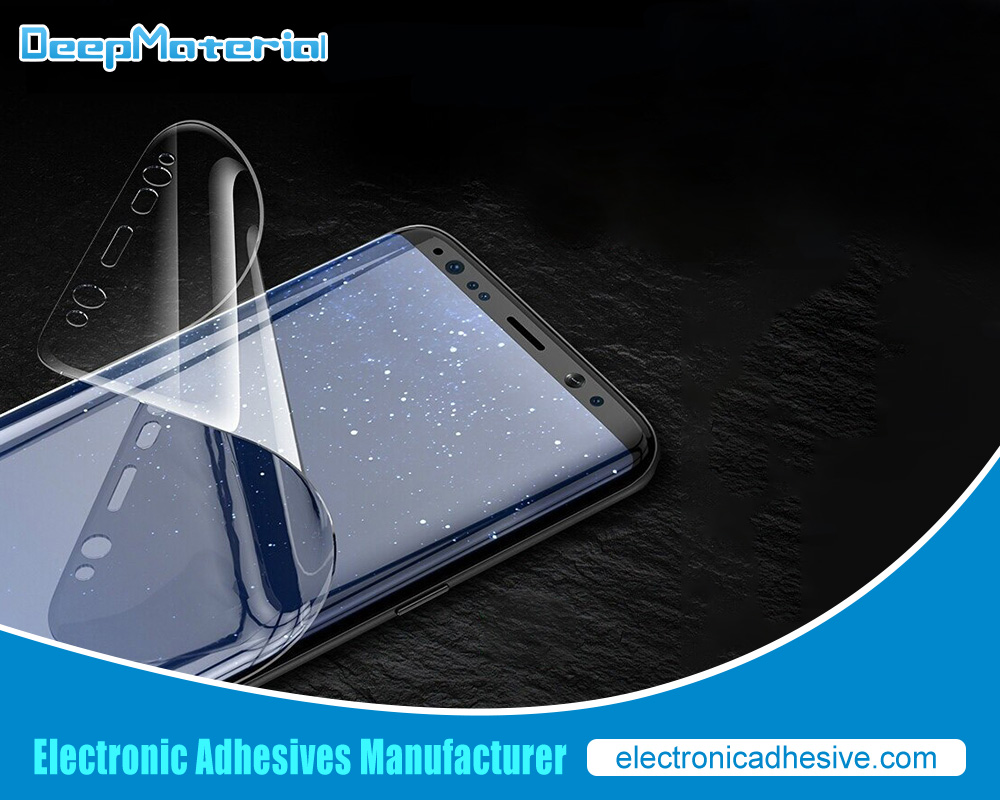Self-Contained Fire Suppression Material Manufacturer: A Comprehensive Overview
Self-Contained Fire Suppression Material Manufacturer: A Comprehensive Overview
Fire suppression is critical in ensuring safety in various industries, ranging from residential and commercial buildings to industrial complexes and transportation systems. Traditional fire suppression methods, such as water sprinklers and chemical extinguishers, have been the mainstay for many years. However, with technological advancements and the growing demand for more effective, efficient, and environmentally friendly solutions, self-contained fire suppression materials have emerged as a significant innovation. These materials offer a standalone, automated, and often maintenance-free method of extinguishing fires, making them an attractive option for modern fire safety systems.
This article explores self-contained fire suppression materials in-depth, focusing on the manufacturers that produce these advanced solutions. We will examine the technology behind these materials, their applications, key players in the industry, and the future of fire suppression technology.
Understanding Self-Contained Fire Suppression Materials
Self-contained fire suppression materials are designed to detect and extinguish fires without needing external activation or a separate suppression system. These materials are often integrated into the environment they are meant to protect, such as within electrical enclosures, machinery, vehicles, or storage areas. Their primary characteristic is their ability to respond automatically to fire or heat, providing immediate suppression without human intervention.
There are several types of self-contained fire suppression materials, including:
- Thermally Activated Materials:These materials are engineered to react to specific temperature thresholds. Upon reaching the activation temperature, the material releases a fire-suppressing agent, such as gas or foam, to extinguish the fire. These materials are commonly used in electrical cabinets, engine compartments, and other enclosed spaces with high fire risks.
- Intumescent Coatings:Intumescent coatings are applied to surfaces to provide fire resistance. When exposed to high temperatures, these coatings swell, forming an insulating barrier that slows fire spread. While they do not extinguish fires directly, they are essential to a passive fire protection strategy, buying time for active suppression systems or evacuation.
- Encapsulated Fire Suppression Gel:This material contains a gel encapsulating fire-suppressing chemicals. When exposed to fire or heat, the gel releases the substances to suppress the flames. This technology benefits areas with limited space for traditional fire suppression systems.
- Aerosol Generators:Aerosol fire suppression systems use solid materials that, when activated by heat, release fine particles of fire-suppressing agents into the air. These aerosols interrupt the chemical reactions that sustain fire, effectively extinguishing it. These systems are compact, making them suitable for small enclosures and vehicles.

Applications of Self-Contained Fire Suppression Materials
The versatility of self-contained fire suppression materials allows them to be used in various applications. Some of the most common applications include:
- Electrical and Electronic Equipment:Electrical fires are a significant risk in many settings, from data centers to industrial plants. Self-contained fire suppression materials can be integrated into electrical cabinets, switchgear, and other electronic enclosures to provide immediate protection in case of fire.
- Automotive and Transportation:Vehicles, especially those used in harsh environments or carrying hazardous materials, are prone to fire hazards. Self-contained fire suppression materials can be installed in engine compartments, fuel storage areas, and other critical parts of vehicles to ensure fire safety.
- Industrial Machinery:Heavy machinery and equipment in industrial settings often operate under conditions that can lead to fires. Self-contained fire suppression materials can be built into these machines to protect them from fire damage and reduce downtime.
- Residential and Commercial Buildings:In buildings with limited space or where traditional fire suppression systems are not feasible, self-contained fire suppression materials can be an effective solution. These materials can be installed in high-risk areas, such as kitchens, electrical rooms, and storage areas.
- Aerospace and Marine:In the aerospace and marine industries, where weight and space are critical factors, self-contained fire suppression materials offer a lightweight and compact solution for fire protection.
Key Players in the Industry
The self-contained fire suppression materials market is growing, with several manufacturers leading the way in innovation and production. These companies are at the forefront of developing advanced materials that offer reliable and effective fire protection. Some of the key players in the industry include:
- 3M:Known for its wide range of industrial and safety products, 3M has developed self-contained fire suppression materials used in various industries. Their products include intumescent coatings and aerosol generators for specific fire protection needs.
- Firetrace International:Firetrace is a global leader in providing self-contained fire suppression systems. Their solutions are used in various applications, including electrical enclosures, CNC machines, and vehicles. Firetrace systems are known for their reliability and ease of installation.
- Stat-X:Stat-X specializes in aerosol fire suppression systems that are compact, efficient, and environmentally friendly. Their products are used in critical infrastructure, transportation, and industrial applications where traditional fire suppression methods may not be suitable.
- Minimax Viking:Minimax Viking is a well-established player in the fire protection industry, offering various solutions, including self-contained fire suppression materials. Their products are designed to meet the specific needs of multiple industries, from data centers to marine vessels.
- Siemens:Siemens is a global leader in technology and industrial solutions, including fire protection systems. Their self-contained fire suppression materials are integrated into their broader fire safety solutions, providing comprehensive protection for critical infrastructure and facilities.
Manufacturing Process and Technology
The manufacturing process of self-contained fire suppression materials involves several key steps, each critical to ensuring the effectiveness and reliability of the final product. The process typically includes:
- Material Selection:The first step in manufacturing is selecting the appropriate materials to provide the desired fire suppression characteristics. This may consist of selecting polymers for intumescent coatings, chemical agents for aerosol systems, or thermally sensitive compounds for activation.
- Design and Engineering:The design and engineering phase begins once the materials are selected. This involves creating prototypes and conducting simulations to ensure the material performs as expected in a fire situation. Factors such as activation temperature, suppression time, and environmental impact are considered during this phase.
- Production and Testing:After the design is finalized, the materials are produced in a controlled environment. Production methods vary depending on the type of material but generally involve processes such as extrusion, coating, or encapsulation. Once produced, the materials undergo rigorous testing to meet industry standards and performance criteria.
- Quality Control:Quality control is a critical aspect of the manufacturing process. Manufacturers employ various testing methods, including fire simulations, to verify that the materials will function correctly in real-world conditions. This step is crucial for maintaining the reliability and effectiveness of the suppression materials.
- Packaging and Distribution:After passing quality control, the materials are packaged and prepared for distribution. Packaging is designed to protect the materials during transportation and storage while ensuring they remain ready for immediate use when needed.
Regulatory Compliance and Standards
Manufacturers of self-contained fire suppression materials must adhere to strict regulatory standards to ensure their products are safe and effective. These standards are set by various organizations, including:
- National Fire Protection Association (NFPA):The NFPA provides guidelines and standards for fire suppression systems, including self-contained materials. Compliance with NFPA standards is essential for products to be accepted in the market.
- Underwriters Laboratories (UL):UL certification is a widely recognized mark of safety and quality. Manufacturers must submit their products for testing and certification by UL to ensure they meet the necessary fire safety standards.
- International Organization for Standardization (ISO):ISO standards provide a framework for quality management and safety in manufacturing. Compliance with ISO standards ensures that manufacturers maintain consistent quality and safety across their products.
- Environmental Protection Agency (EPA):The EPA regulates the environmental impact of fire suppression materials, particularly concerning releasing chemicals into the atmosphere. Manufacturers must comply with EPA guidelines to minimize ecological harm.
The Future of Self-Contained Fire Suppression Materials
The future of self-contained fire suppression materials is promising, with ongoing research and development aimed at improving their effectiveness, reducing their environmental impact, and expanding their applications. Some of the trends and advancements expected in the coming years include:
- Environmentally Friendly Materials:As environmental concerns continue to grow, there is a push towards developing fire suppression materials that are less harmful to the environment. This includes reducing chemicals that contribute to ozone depletion or global warming.
- Innovative Suppression Systems:Integrating smart technology into fire suppression materials is an emerging trend. These systems can monitor environmental conditions and activate suppression materials only when necessary, reducing the risk of false alarms and improving overall efficiency.
- Advanced Testing and Simulation:Advanced testing methods, including computer simulations and virtual reality, allow manufacturers to test their materials under various conditions without the need for physical prototypes. This accelerates the development process and leads to more reliable products.
- Expansion into New Markets:As the benefits of self-contained fire suppression materials become more widely recognized, their use is expected to expand into new markets, such as residential homes, small businesses, and remote locations where traditional fire suppression systems are impractical.
- Customization and Modularity:Future fire suppression materials will likely be more customizable and modular, allowing them to be tailored to specific applications and environments. This flexibility will make them more attractive to various industries and users.

Conclusion
Developing self-contained fire suppression materials represents a significant advancement in fire safety technology. These materials offer a reliable, efficient, and often maintenance-free solution to fire protection, making them an essential component in modern safety systems. As the industry continues to innovate, we can expect to see even more effective and environmentally friendly solutions emerge, further enhancing our ability to protect lives and property from the devastating effects of fire.
Manufacturers play a crucial role in this ongoing innovation, pushing the boundaries of what fire suppression materials can achieve. Their commitment to research, development, and quality ensures that these materials meet the highest standards of safety and effectiveness.
As we look to the future, the importance of self-contained fire suppression materials will only grow. In a world where technology is rapidly advancing and the need for efficient, reliable fire protection is more critical than ever, these materials offer a robust solution. From protecting crucial infrastructure to safeguarding lives in remote and challenging environments, self-contained fire suppression materials are at the forefront of the fire safety industry.
For more about choosing the Top Self-Contained Fire Suppression Material Manufacturer: A Comprehensive Overview, you can pay a visit to DeepMaterial at https://www.electronicadhesive.com/ for more info.











